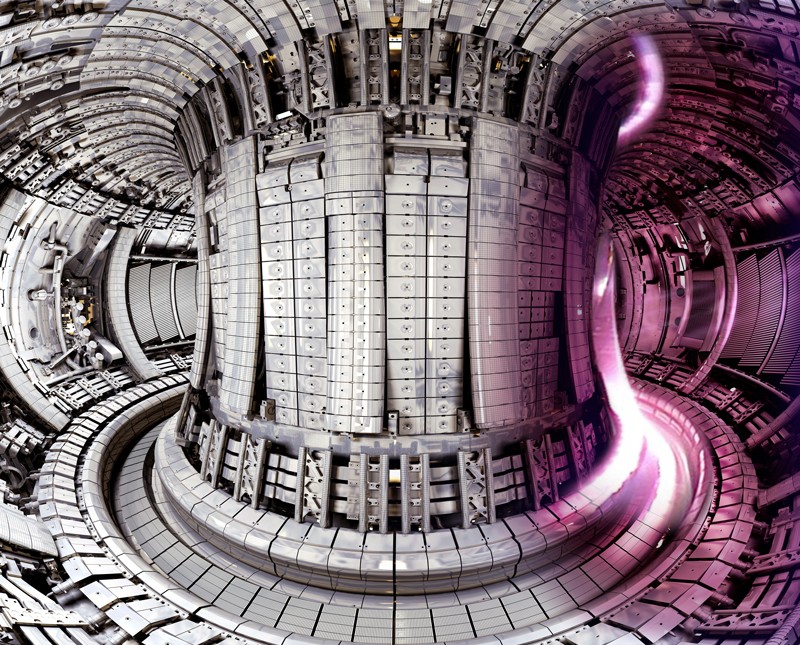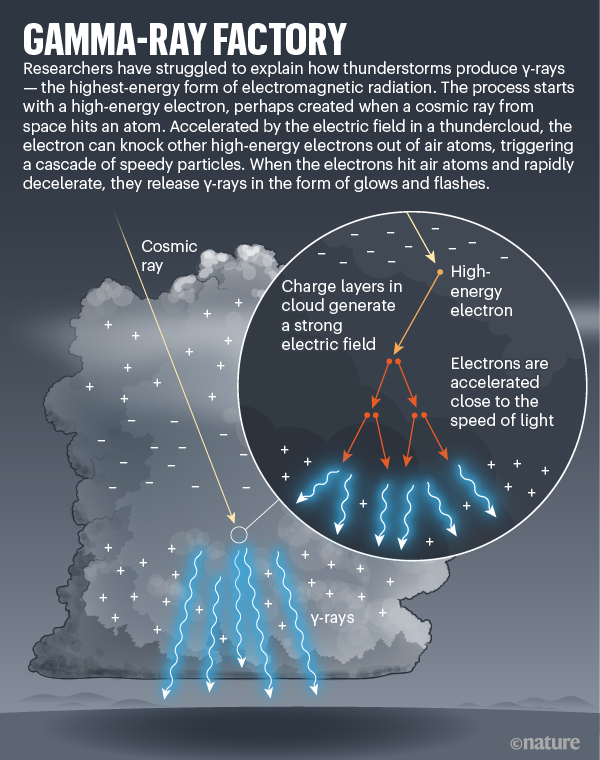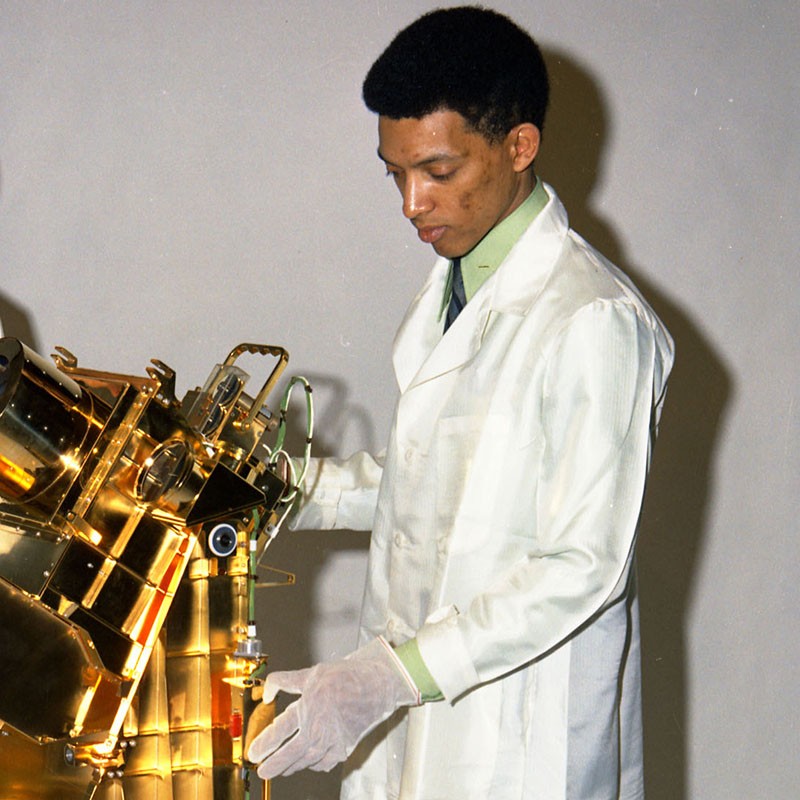Hello Nature readers, would you like to get this Briefing in your inbox free every day? Sign up here
Fusion reactor set for fuel test run
A mini version of ITER — the world’s biggest nuclear-fusion experiment — is gearing up to start pivotal fuel tests. The Joint European Torus (JET) in Britain is a sibling of the ITER project in France: it has the same doughnut-shaped ‘tokomak’ design as the French project, but one-tenth of its volume. In June, JET will try to fuse tritium and deuterium, the fuel mix that ITER will use. ITER aims to someday create more power from a fusion reaction than is put in — which has never before been demonstrated.
No sign of Planet Nine
The hypothesis that there is a giant planet at the fringes of the Solar System has been dealt a blow by an analysis of distant, icy objects. The findings cast doubt on the evidence that the six trans-Neptunian objects (including Pluto) are under the gravitational pull of a huge planet. The research doesn’t rule out the possibility of a ninth planet orbiting the Sun, and astronomers need more data to put the debate to rest. “I can’t say that Planet Nine is dead, but I can say there’s no evidence for it,” says astronomer Samantha Lawler.
Reference: arXiv preprint
Infographic of the week
Features & opinion
George Carruthers, pioneering astronomer
Space scientist George Carruthers, who designed the first telescope that went to the Moon, died in December, aged 81. Carruthers designed an ultraviolet camera for the Apollo 16 mission, which landed on the Moon in 1972 — the first space-based observatory to survey Earth’s upper atmosphere and peer into deep space. Carruthers, one of the first Black space scientists at NASA, was a dedicated teacher and mentor for Black scientists and engineers, as well as for those from under-represented communities in research and groups campaigning for equity in academia and industry. “Usually reserved, his demeanour was transformed when he was generously sharing his wisdom and his scientific and engineering prowess,” write former colleague Robert Meier and historians Angelina Callahan and David DeVorkin.
What Texas teaches about our climate future
Winter storms that led to the widespread loss of power and water services in Texas have revealed the United States’ vulnerability to extreme weather. Everything from sewers to roads must be radically revitalized to keep pace with the changing climate, argue experts in energy, infrastructure and emergency management. “We are colliding with a future of extremes,” said Alice Hill, who oversaw planning for climate risks on the National Security Council during the administration of former president Barack Obama. “We base all our choices about risk management on what’s occurred in the past, and that is no longer a safe guide.”
The New York Times | 11 min read
Where I work
Geraldine Cox mixes the palettes of art and physics by illustrating phenomena such as light-interference patterns. (Nature | 3 min read)
"fuel" - Google News
February 23, 2021 at 06:57PM
https://ift.tt/3kfBj1b
Daily briefing: Fusion reactor set for fuel test run - Nature.com
"fuel" - Google News
https://ift.tt/2WjmVcZ
Bagikan Berita Ini



















0 Response to "Daily briefing: Fusion reactor set for fuel test run - Nature.com"
Post a Comment